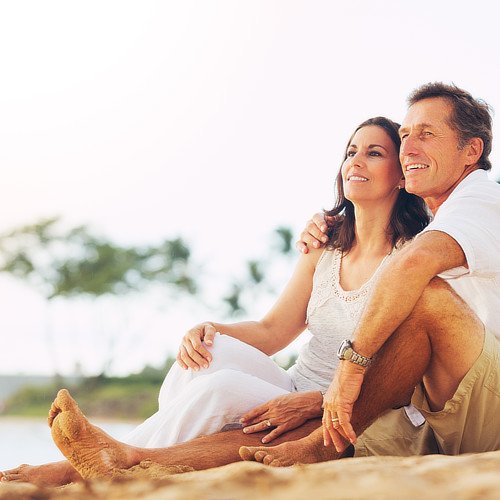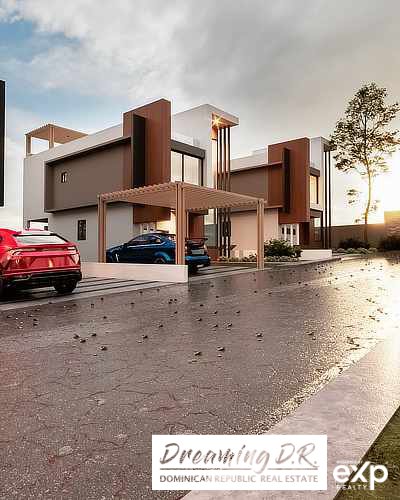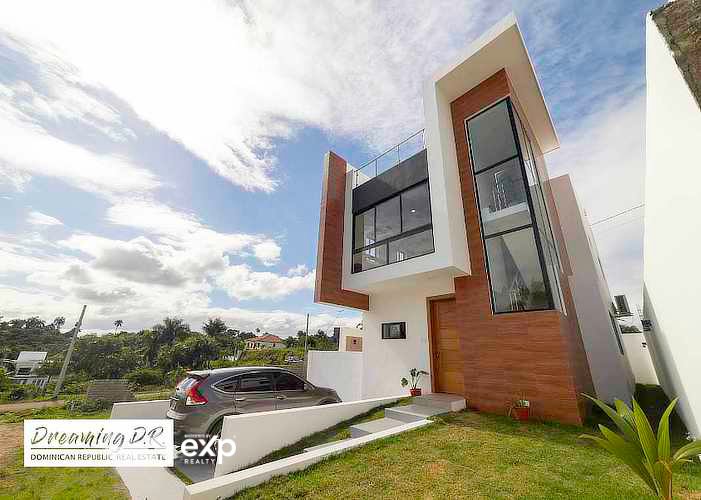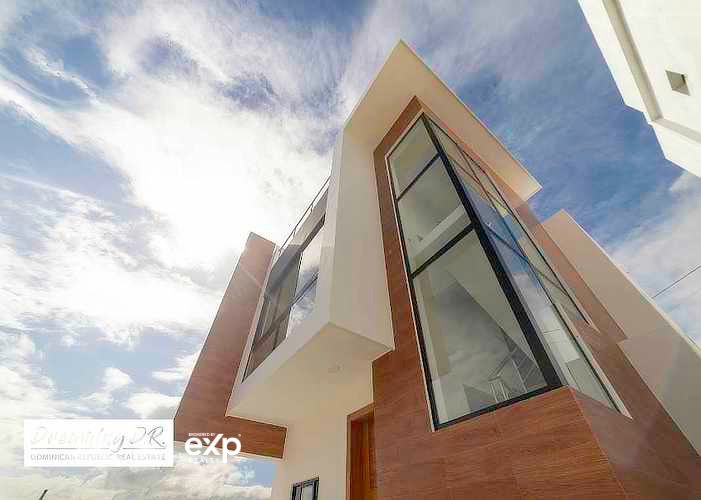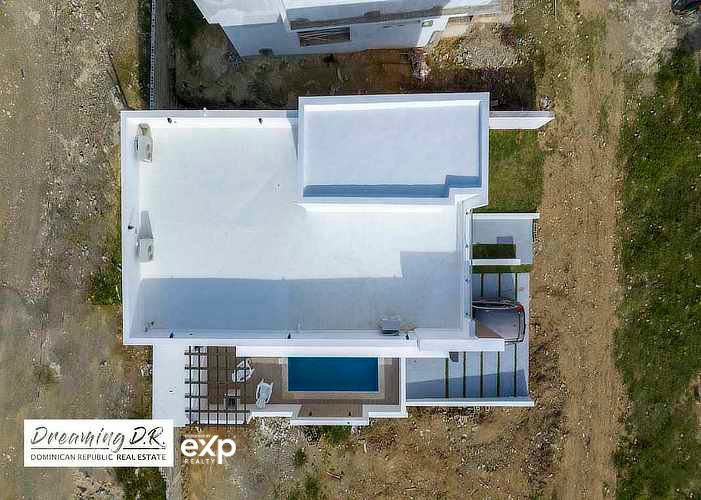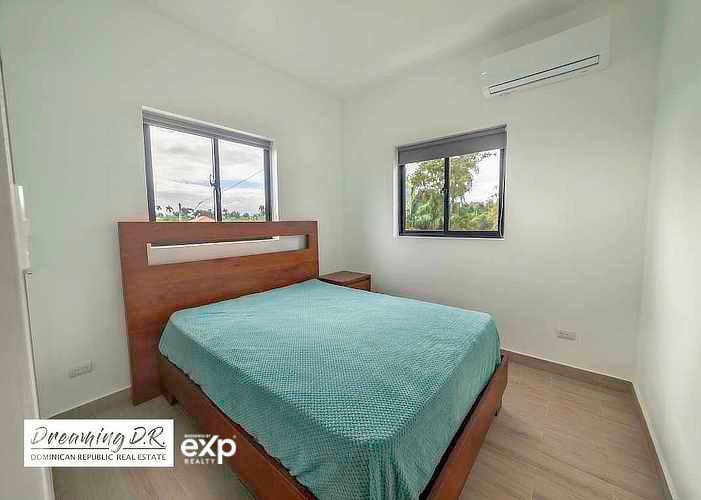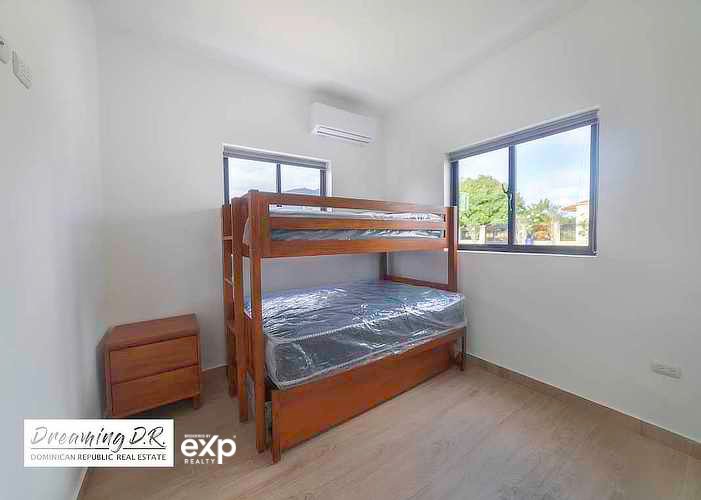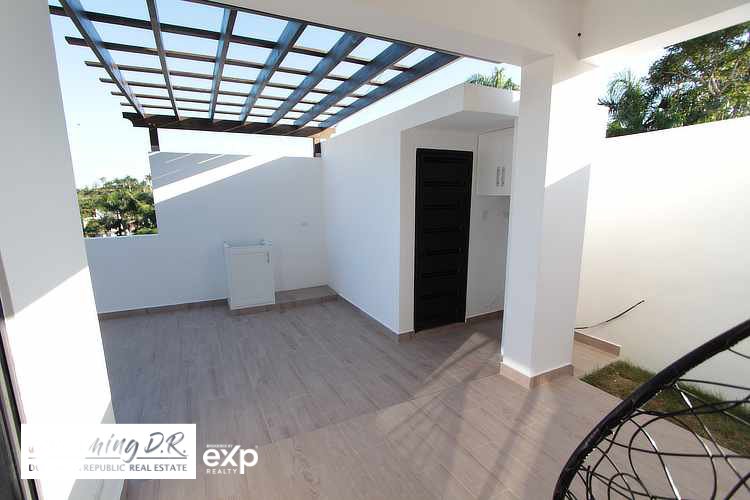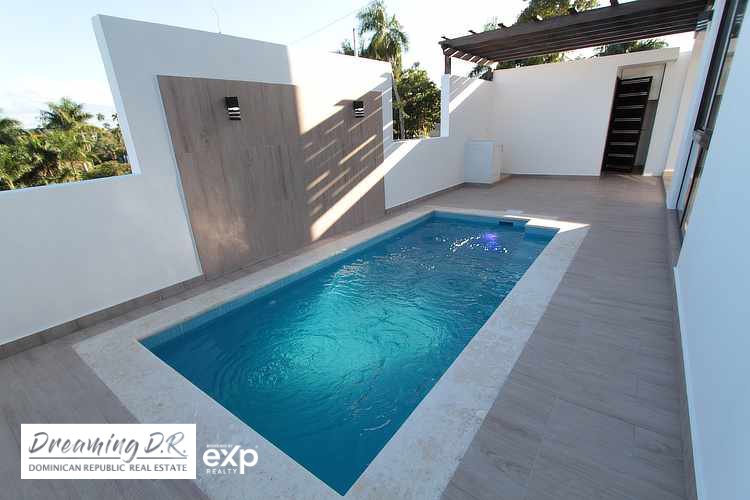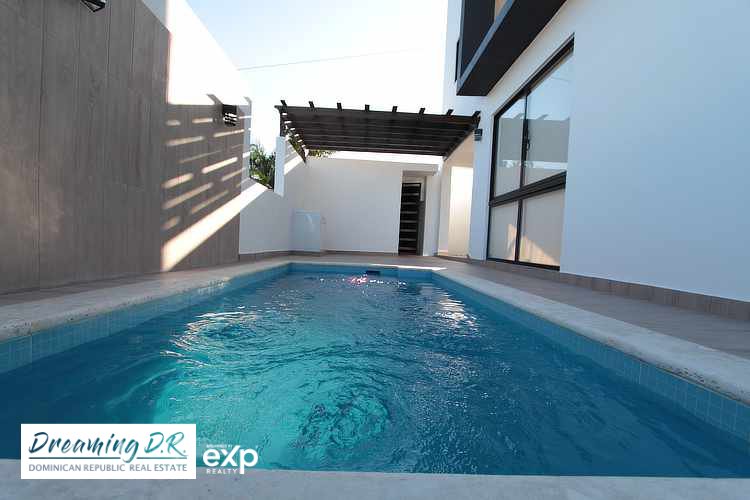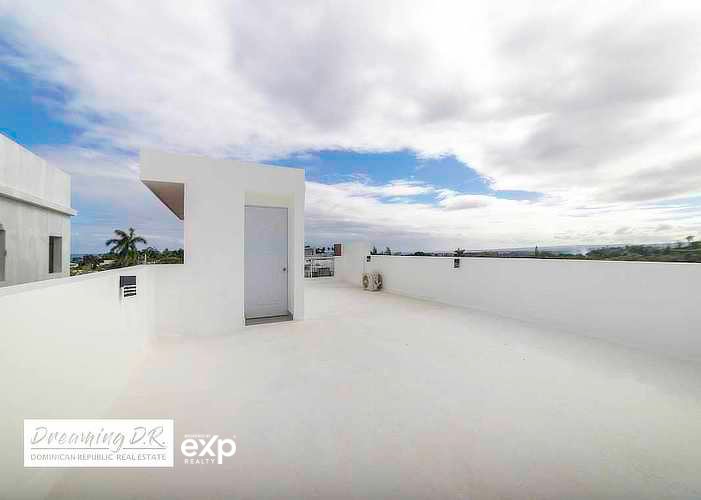Forget everything you thought you knew about the Caribbean’s first inhabitants. The Taíno people, contrary to the popular narrative of a simple, vanished tribe, present a story of complexity, resilience, and profound legacy. This isn’t just history; it’s a revelation about the roots of an entire region, a story untold in the annals of mainstream discourse until now. Let’s dive into the world of the Taíno, the true indigenous Caribbeans, and uncover their story from the sands of time.
Learn about the Taíno tribe
- The Taíno were indigenous people of the Caribbean.
- They spoke the Taíno language and lived in the Greater Antilles.
- The Taíno primarily ate cassava, maize, and fish.
Who are the Taíno?
The Taíno tribe is often shrouded in mystery and misconception. Far from being mere footnotes in history, the Taíno were the cornerstone of Caribbean culture and society long before Columbus set sail in 1492. They were not only skilled farmers, fishermen, and artisans but also stewards of the islands they inhabited, from the Bahamas through the Greater Antilles to the northern Lesser Antilles. Their society was rich and complex, marked by a deep connection to both the land and the cosmos.

Personal experiences with the Taíno legacy, through visits to archaeological sites and museums in the Caribbean, have only deepened my appreciation for this incredible civilization. Their artifacts, from ceremonial zemí figures to intricately carved duhos (ceremonial seats), speak volumes about their craftsmanship, spirituality, and way of life.
What language did the Taíno speak?
The Taíno language, Arawakan in its roots, was more than just a means of communication; it was the vessel of their culture, history, and identity. This language, which varied slightly from island to island, has left an indelible mark on the Caribbean and even the English language, with words like “hurricane” (hurakán) and “barbecue” (barbacoa) tracing back to the Taíno.
Understanding the Taíno language offers more than just insight into their daily lives; it reveals their worldview, their societal structure, and their deep spiritual beliefs. Its a poignant reminder of the Taínos enduring legacy, echoing through the centuries.
Where did the Taíno live?
The Taíno inhabited an area that encompassed the Bahamas, the Greater Antilles, and the northern Lesser Antilles. Their settlements ranged from the coasts to the interior of these islands, each strategically chosen for access to resources, from fertile lands for agriculture to rich fishing grounds.

My journey through the Dominican Republic, particularly around areas like Cabarete, revealed the ingenious ways in which the Taíno adapted to their environment. The remains of their settlements, often overlooked, tell a story of a people deeply connected to and respectful of the natural world around them.
What did the Taíno eat?
The Taíno diet was as diverse as the islands they inhabited, relying heavily on agriculture, fishing, and foraging. Staples included cassava, sweet potatoes, and maize, complemented by a rich variety of fruits, vegetables, and seafood. This diet, both nutritious and sustainable, underscored their deep understanding of and harmony with their environment.

My culinary explorations in the Caribbean have often led me back to the roots of Taíno cuisine, evident in the flavors and ingredients of traditional dishes. The continuity of these food traditions speaks volumes about the Taínos lasting influence on Caribbean culture and cuisine.
What was Taíno society like?
Taíno society was intricately organized and deeply egalitarian, with a strong emphasis on community and cooperation. Their caciques (chiefs) were not only leaders but also spiritual guides, responsible for the well-being of their people. This societal structure fostered a sense of unity and belonging, integral to the Taíno way of life.

In my encounters with modern Caribbean communities, I’ve witnessed echoes of the Taíno’s communal ethos, a testament to the enduring legacy of their social organization and values.
What was Taíno religion like?
Taíno religion was a complex tapestry of beliefs and rituals, centered around the worship of zemís, or deities, which represented natural forces and ancestral spirits. This spirituality was not just about reverence for the divine but also about maintaining balance and harmony within the world.
The sacred spaces and artifacts left behind by the Taíno, from ceremonial plazas to petroglyphs, offer a window into their spiritual worlda world that, despite the passage of time, continues to resonate with power and meaning.
When did the Taíno first meet Europeans?
The Taíno first encountered Europeans with the arrival of Christopher Columbus in 1492, a moment that marked the beginning of a tumultuous and tragic period in their history. This encounter, often mythologized, was not a meeting of equals but the start of a brutal chapter of exploitation and subjugation for the Taíno people.

This history is not just a tale of victimhood but also one of resistance and resilience. The Taíno faced unimaginable hardships, yet their influence and legacy endure, woven into the fabric of Caribbean culture and identity.
What happened to the Taíno?
The narrative that the Taíno were completely decimated by European colonization is a simplification of their fate. While its true that they faced devastating losses due to disease, enslavement, and violence, recent research and genetic studies suggest that the Taíno legacy is far from extinct. Instead, it has persisted, interwoven with the identities of the Caribbean people.
This revelation is not just a correction of historical record; it’s a testament to the strength and resilience of the Taíno, a people who, despite the odds, remain an indelible part of the Caribbean’s heart and soul.
Personal Connection to Taíno Culture
Growing up in the Caribbean, I always heard stories about the Taíno people from my grandmother, Maria. She would often share tales of their peaceful ways and deep connection to nature. One particular story that stayed with me was about how the Taíno believed that the spirit of their ancestors lived on in the trees, and they would always ask for permission before cutting one down.
Maria’s stories sparked my interest in Taíno culture, leading me to research more about their language, lifestyle, and eventual encounter with Europeans. Through this personal connection, I was able to gain a deeper understanding and appreciation for the rich history of the Taíno people.
Did you find out what you wanted to know about the Taíno?
If this journey through the history and legacy of the Taíno has sparked your interest, I encourage you to delve deeper. The Taíno story is a crucial piece of the Caribbean puzzle, essential for understanding the region’s past, present, and future.
For those looking to explore the Taíno heritage firsthand, places like Cabarete in the Dominican Republic offer a unique window into the world of these remarkable people. From archaeological sites to cultural festivals, the spirit of the Taíno is alive and well, inviting us all to learn, reflect, and celebrate.

Whether you’re a history buff, a cultural enthusiast, or simply curious, the Taíno offer a fascinating lens through which to view the Caribbean. Their story, far from over, continues to unfold, reminding us of the power of resilience, the depth of heritage, and the enduring legacy of the true indigenous Caribbeans.
Sources:
To ensure accuracy and depth, this article draws upon a wide range of sources, including archaeological findings, historical records, and recent genetic studies. For those interested in further exploration, this comprehensive study offers an in-depth look at the Taíno people and their enduring legacy.
By weaving together the threads of personal anecdotes, expert insights, and a passionate commitment to unveiling the truth, we’ve journeyed through the heart of the Taíno world. It’s a story that challenges us to rethink our understanding of the Caribbean and its first inhabitants, inviting us to acknowledge and celebrate the rich tapestry of human history that shapes our world today.
Q & A
Who were the Taino tribe?
The Taino tribe were indigenous people of the Caribbean islands.
What is the history of the Taino tribe?
The Taino tribe thrived in the Caribbean before European contact.
How did the Taino tribe influence the Caribbean?
The Taino tribe’s culture and language influenced the region.
What objections are there to Taino history?
Some claim Taino history has been misrepresented or overlooked.
Who studies the Taino tribe today?
Historians, anthropologists, and indigenous groups study the Taino tribe.
How can I learn more about the Taino tribe?
You can visit museums, read books, and attend cultural events.





